|
Staying fit is important and benefits your swim power but doing the same exercises over and over can get boring. If you only do one form of exercise then your body becomes accustomed to that exercise. When the body becomes so used to performing one type of movement or exercise it sort of stops responding to it or making any real progress from it. That's why I've started adding some variety to my workouts. Let me explain why it's essential and how it's making a difference.
Where does most power come from when swimming? Although swimming is an all over body workout, from a technique standpoint 'swimming with power' involves using the major muscles in your shoulders, chest, back and core. These muscles are considered some of the strongest in the body, especially for swimmers, so train and work them so you can generate more power. Use on land training workouts to build strength, power, mobility and flexibility... it will pay off BIG time in the water!
You are your training partner
Think of your body as a training partner. It follows your lead. So, if you want to get better at swimming, you need to guide it in the right direction. By trying new things, adding variety to your swim training and staying consistent, you'll start seeing improvements. It's all about challenging yourself, embracing change and watching your swimming skills improve. In a nutshell, to become a better swimmer, mix things up. Challenge yourself, try different paces and different exercises. You've got this!
1 Comment
Ultimately, the last bits of improvement don't come from the coach but from the swimmer's internal motivation, calmness and confidence, nurtured by the coaching environment. In essence, the most important element of swim coaching is the holistic development of swimmers physically, mentally and emotionally. Coaches play a pivotal role in shaping not only their swimming skills but also their character, self-esteem and overall well-being. GoodSwim aims to provide the following:
Individualised Approach Recognising that each swimmer has unique abilities, goals, and challenges. Tailoring coaching methods to meet the specific needs of each swimmer ensures optimal growth and progress. Importance of Technique Emphasising proper technique over speed, helping swimmers master fundamental skills, strokes, turns, and starts. A strong foundation in technique contributes to long-term success. Motivation and Confidence Instilling motivation and self-confidence in swimmers by celebrating their achievements, no matter how small and helping them set and achieve meaningful goals. Positive Communication Maintaining effective and positive communication to provide clear instructions, constructive feedback and encouragement that fosters trust and a positive learning environment. Adaptability Adjusting coaching methods as swimmers progress, ensuring that training plans remain relevant and challenging as skills improve. A Lifelong Love for Swimming :) We all have different body types and lengths, different levels of flexibility and mobility and different levels of strength and power. But we all have the same goal… swim fast but efficiently. So what is the quickest way to move forward through water? To move forward, we have to move a lot of water backward, simple! So, if we create a big paddle area and pull it straight back, then that means more water gets pushed backwards, so you move forwards. There’s no side to side movement, no sweeping under the body, no lazy elbows. Are your hands and arms sliding through the water without much effect, not engaging the water with the correct movement to feel the resistance of the water against your hand and forearm (your big paddle)? The first element of your catch is not actually your hand… the first thing is your elbow pushes slightly out to the side to allow your hand and forearm to push down on the water, keeping the elbow high to get the vertical forearm position. From here you can feel the resistance as you push back down the side of the body, your lats should start to activate and increase the power. Also, by holding the front recovery arm in place until the stroking arm is just about to enter the water provides constant momentum and helps with stability at the start of your catch phase. Your leading arm should only pull down as the other one comes over your shoulder to enter the water. Basics:
The key to swimming efficiently is to make the water work with you. By fine tuning your technique, being relaxed, getting your body position right and reducing resistance you will go faster.
For more tips on improving your swim technique contact me and book in for a stroke correction session. When swimmers come for stroke correction the first thing they say is I am too slow, I want to swim faster. Firstly, my swimmers have to swim a lap without any instruction so I can see where their technique is at, my first comment will most likely be… OK now swim back 50% the speed you just swam. When I tell people to swim slow, they will slow down, almost pause over the water but they often still rush their arm through the underwater phrase, especially on their breathing arm. This is usually due to the lack of momentum keeping their bodies afloat and this can then often lead to a 'timing limp' in their stroke. The best way to improve your technique is to slow down and be more aware of the small changes. If you rush through movements chances are you are not feeling the water and using it to your advantage. You have to learn to swim slow and find your stability and balance through your core to feel what makes you a strong swimmer. My swimmers have to swim a couple of laps with a swim float / pull buoy between their knees because a lot of swimmers use their legs as stabilisers. The purpose of swim float / pull buoys is to create extra buoyancy for your hips and to bring your body position in line so you are more streamlined. This can help you to focus on the rest of your stroke, build core strength, slow down your stroke – and a whole host of other useful things to improve your overall swimming. Once your legs are together you become streamlined but then you become unstable so most swimmers struggle with other aspects of their swim stroke… rotation, stroke timing, arm alignment, breathing and co-ordination. If you slow down your stroke to practise breathing elements or arm entry timing, especially as a beginner, your hips and legs can begin to drop through the lack of momentum. This will render the drill useless and encourage bad positioning. This is going to help you develop a better feel for the water, which will make it so much easier to develop a more effective and balanced freestyle. Freestyle technique video. Find your balance, stability and strength slowly = stronger and faster through every stroke. REMEMBER - You have to slow down before you speed up! If you are looking to achieve a goal in your swimming get in touch and lets Get Swimming - [email protected]
Surfing fitness and paddling are one and the same as being able to swim. The benefits of being able to swim, especially ocean swim are numerous. Anyone who surfs knows that paddling endurance is essential, arm, shoulder, core and basic overall strength and flexibility. We spend more time paddling than we do actually surfing on a wave. Plus, all leashes can break at some point so being a strong swimmer is crucial, especially if you are heading out into bigger waves. Swimming requires plenty of stamina but surfers require stamina plus short bursts of energy and strength for paddle power to get out the back and onto waves. Because of this, surfers need something different from just traditional swim training if you want to build up stamina to continue paddling for wave after wave. Ideal training for surfing is swimming laps in a pool but you need some variation with drills. The best surfers in the world are all excellent swimmers. Get some good goggles and hit the pool and imagine yourself at the backline on a big day without a board. Designing your swim programs to help your surfing makes it easier to get motivated to jump in the pool and train. Due to the physical nature of surfing, pool training usually involves some kind of breath work to improve lung capacity, cardiovascular health, which also helps in keeping calm through wipeouts. Yoga training also helps the body make efficient use of oxygen, as well.
Swimmers and surfers use essentially the same muscles for propulsion but for different purposes and in slightly different ways. Freestyle swimming involves pulling the body through the water, keeping the body line long and straight while rotating the torso and kicking with the legs for more propulsion. Paddling a surfboard is similar to freestyle swimming with regard to the 'pulling' part of the stroke. Like swimming, the powerful muscles of the lats, back, arms and core are constantly engaged to paddle while keeping the body on the board and the head up.
If you want an individual swim program to help improve and enhance your surfing fitness and breath control
contact me to discuss. In Australia it’s beach season all year round, epic sunrises greet us in the morning, let's make the most of it. During winter it's too easy to stay home or just give 50% effort in the gym, instead of getting outside in the elements and moving. Sure, it’s not all that appealing to simply go out for a run on the cold sand in the morning or head to the beach for a surf when the waves aren’t all that friendly or immerse yourself in cold water for a swim workout but it's worth it for your physical and mental health. 'When the cold weather hits swimming is probably an activity that's far from your mind. But swimming is in fact one of the best activities everyone can undertake in winter! Swimming as regular exercise will strengthen the immune system - people who swim may be less likely to fall ill with the common colds and flus that go around in schools, universities and daycare centres over the colder months.' says Royal Life Saving WA Why swim through winter? Feeling a natural high, invigorated, alive are just a few descriptive words used. It is widely discussed and documented that cold water swimming has numerous benefits for us: Boosts your immune system Gives you a natural high Improves circulation Burns calories Reduse Stress You can meet some new crazy like minded friends. The same way many athletes use cold water therapy and ice baths as part of improving their performance and recovery, we can also use it to benefit both our physical and mental health. In Sydney the water only drops to an average balmy 17-18 degrees in winter, which although many would say that’s not ‘cold water’ swimming, hummm I disagree, its cold enough for me.
When I ask year round swimmers why they swim throughout the winter:
Stay safe There are some basic safety you need to be aware of. First, never swim alone. Joining a group or continuing to swim into winter with your friends, is the best way to approach a winter season of swimming, as this will help you stay safe and motivated. Secondly, be aware of your limits and ability in the ocean. Take advice from those who are more experienced than you. Want to feel comfortable and confident with your ability and skills in the ocean.
Contact Linda for Learn to Swim, Introduction to Ocean Swimming, Ocean Swim Skills and Stroke Correction lessons. Drills isolate the problem, help correct the problem, help ingrain the correction. Drills are a useful part of working on form and technique in your swim. By stepping away from just swimming up and down the pool, you can focus on elements of your stroke and add the correct movement and control. You then give your speed the chance to improve through making elements of your stroke stronger. Many novice swimmers who are just starting to swim can only manage a few lengths without taking a break. To improve your swimming by just continuing to do 500 metre sets may get you faster over time but will always be limited by inefficient form, also ingraining bad habits which will prevent you from getting faster and more efficient. BUT drills and swim aids are only a tool and should be used properly and specifically. They are not to be used over mindless laps, use them with purpose to improve form and help with speed and fitness. Make sure you know why you are doing that drill and what it is aiming to improve. Drills build awareness of what your body is doing and how important different elements of your stroke affect your overall body alignment, strength and efficiency. Below is an example of the Fingertip Drag drill / Zip drill – Swim normal Freestyle dragging fingertips along the surface of water on the recovery. Focus on a high elbow recovery, which ensures proper hand and elbow position at your hand entry. You should also check your body position during this drill, focusing on good side-to-side rotation.
If you are looking to learn to swim or improve your technique and efficiency get in contact.
Swimming is a full-body movement, and efficiency comes from developing coordination between your upper and lower body. The kick provides stability, improved body position and propulsion, all components necessary for a more efficient freestyle. In the water, over distance it is our arms that generate most movement providing approximately 85% of forward drive and the legs merely serve to 'balance' our position, preventing the body from rotating to far around and stopping our legs from sinking heavily “behind” us.
Notice in the left hand images below how the legs are creating drag by being outside the streamlined profile of the body. With stroke correction drills to work and isolate the legs we can correct this over time and create a more streamlined body position as in the right hand images. Perfect your freestyle/front crawl kick and improve your streamlined position. The kick should be generated from your hips, with the power transferring from your hips, through your knee and flex your ankle as your foot flicks down.
Contact Linda at GoodSwim if you want to perfect your stroke and swim more efficiently and effectively. Swimming for surfersNo matter how much you want to surf, sometimes there are days when going out is just not an option. So what to do...? Swim! When conditions due to weather or otherwise make surfing impossible, keeping in shape for surfing is best achieved by staying in the water. Swim sessions are strong workouts for surfing, such as paddling and breath control.
Skills? It is a good idea to mix up your program to keep it interesting and prepare your body for different conditions and circumstances in the ocean.
Feel comfortable and confident with your ability and skills in the ocean.
Contact Linda for Learn to Swim, Introduction to Ocean Swimming, Ocean Swim Skills and Stroke Correction lessons. |
Archives
October 2023
Categories
All
|

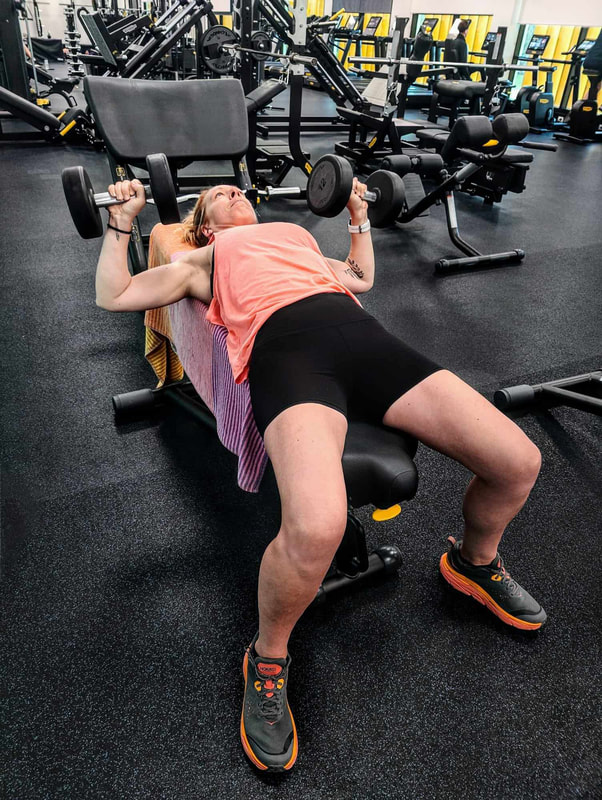
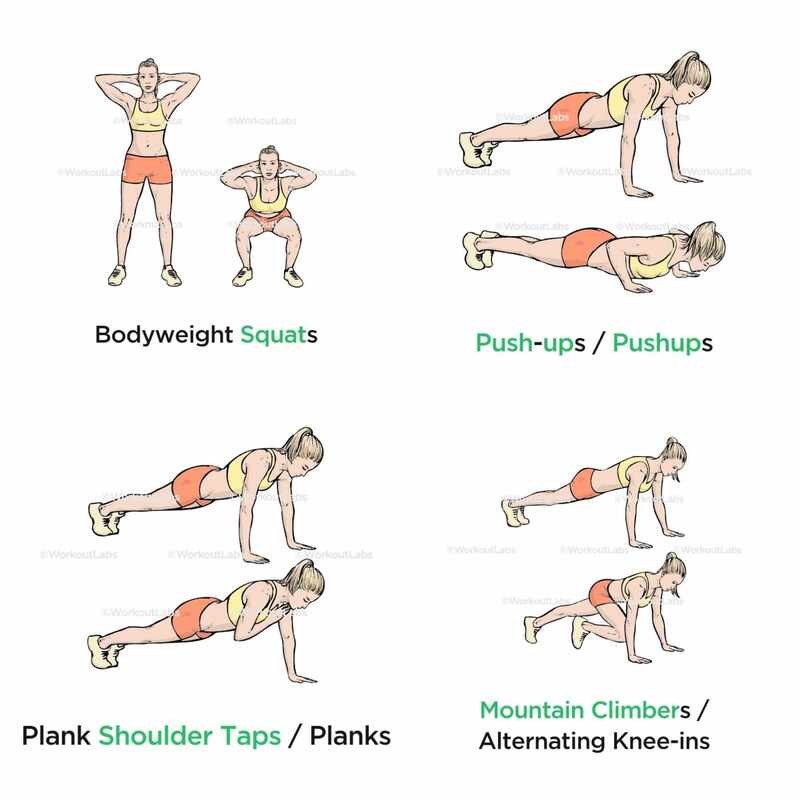
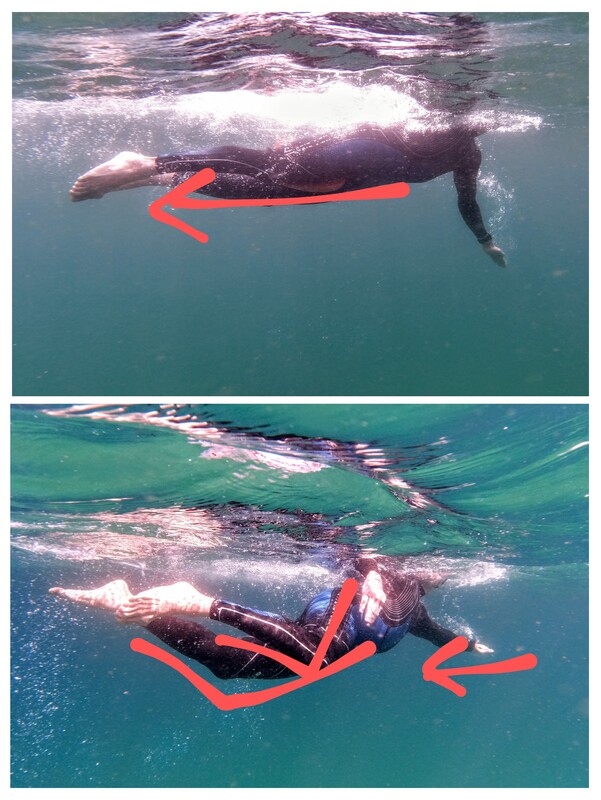
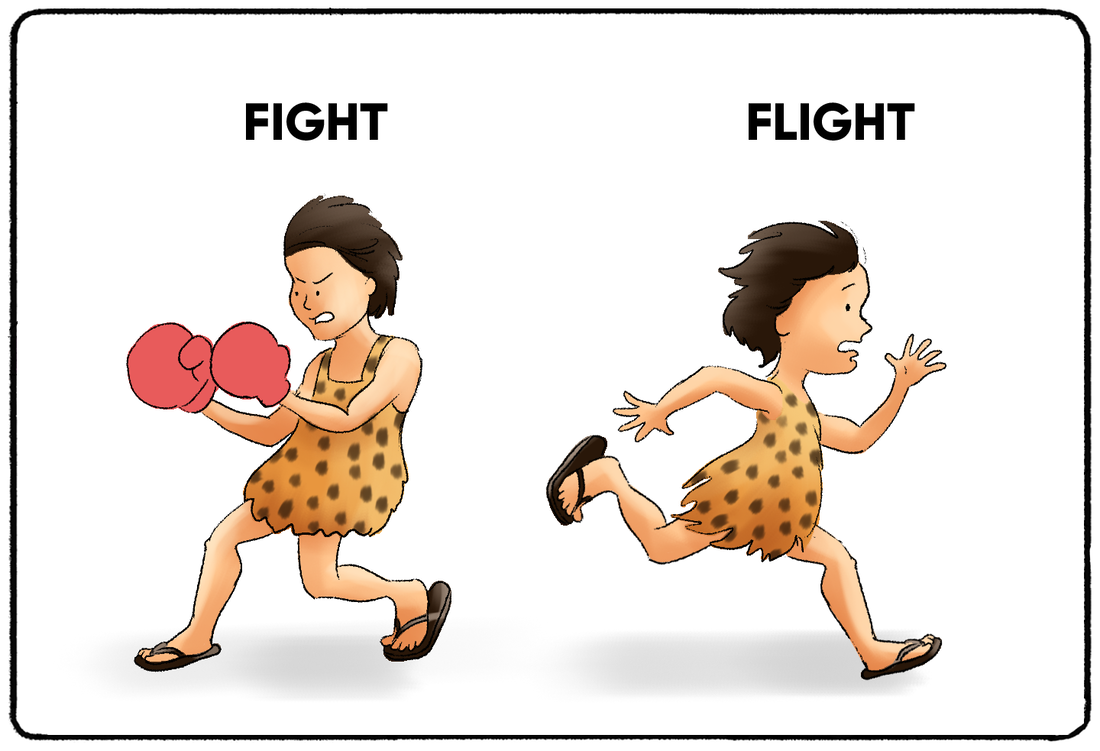
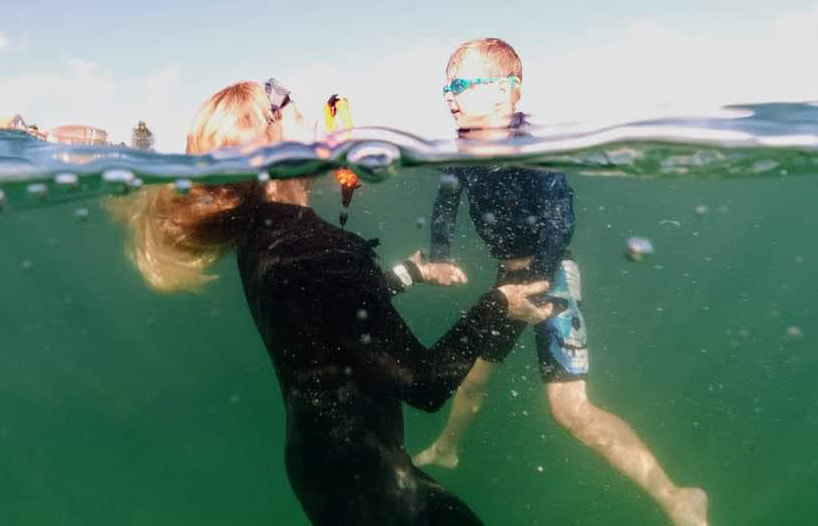
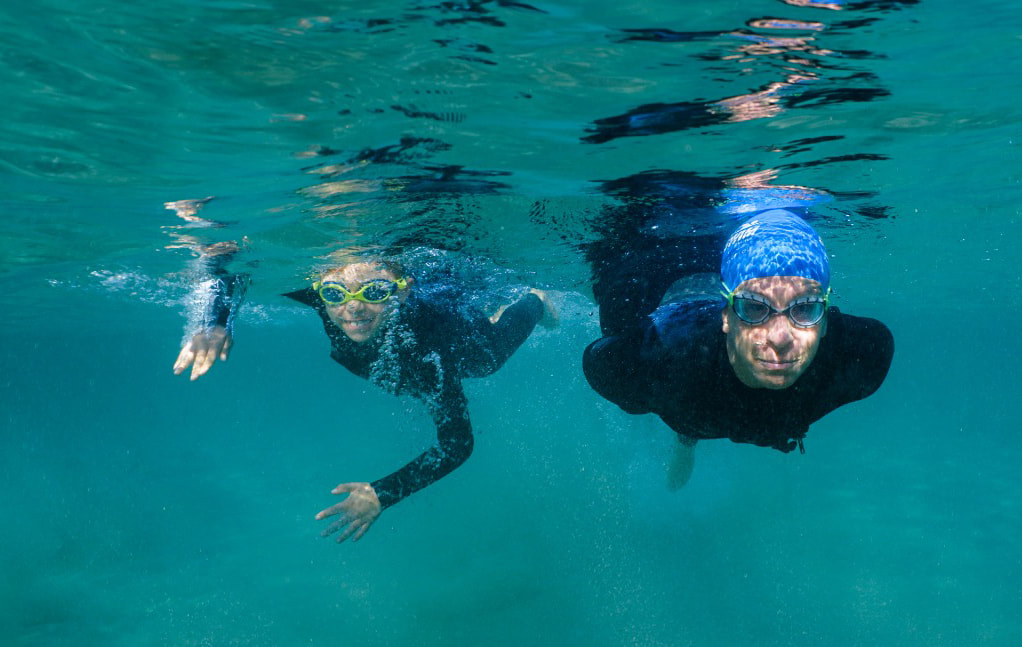
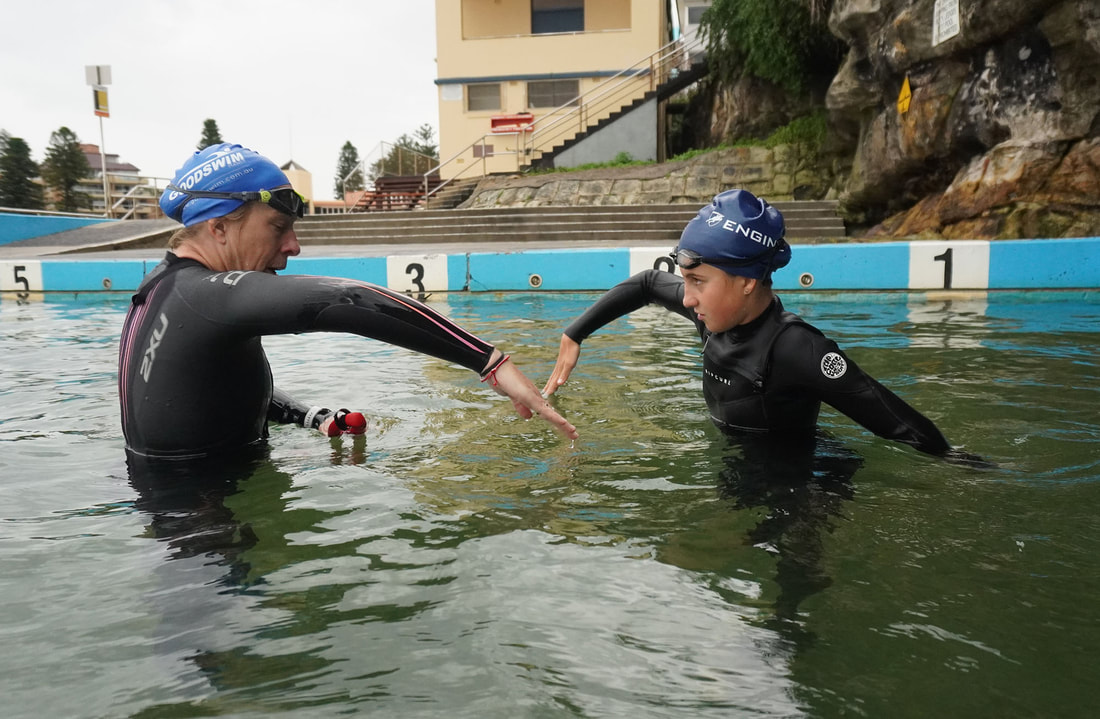

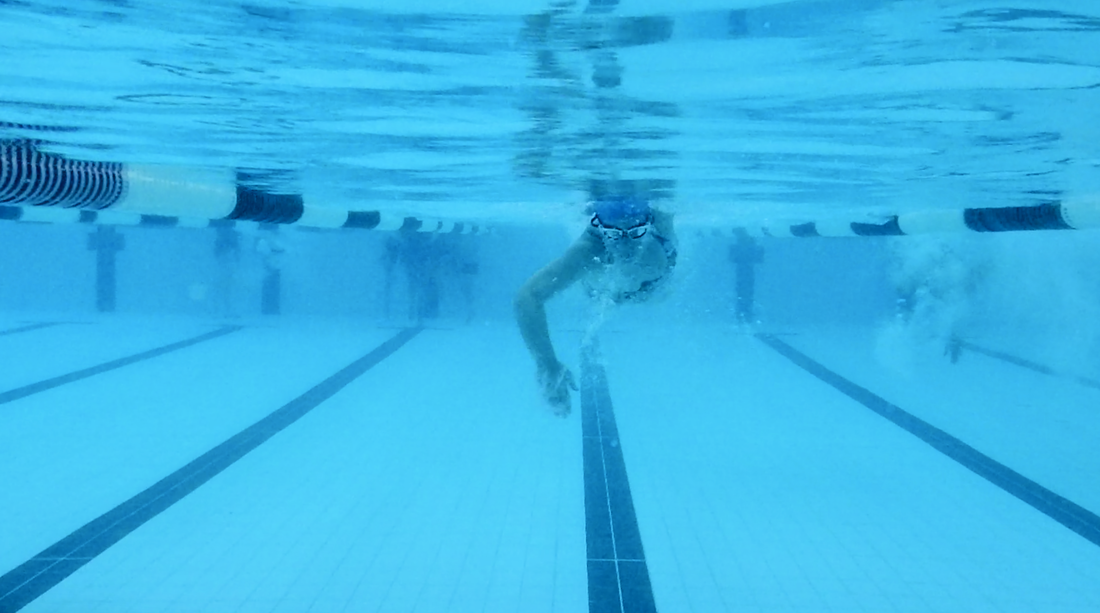
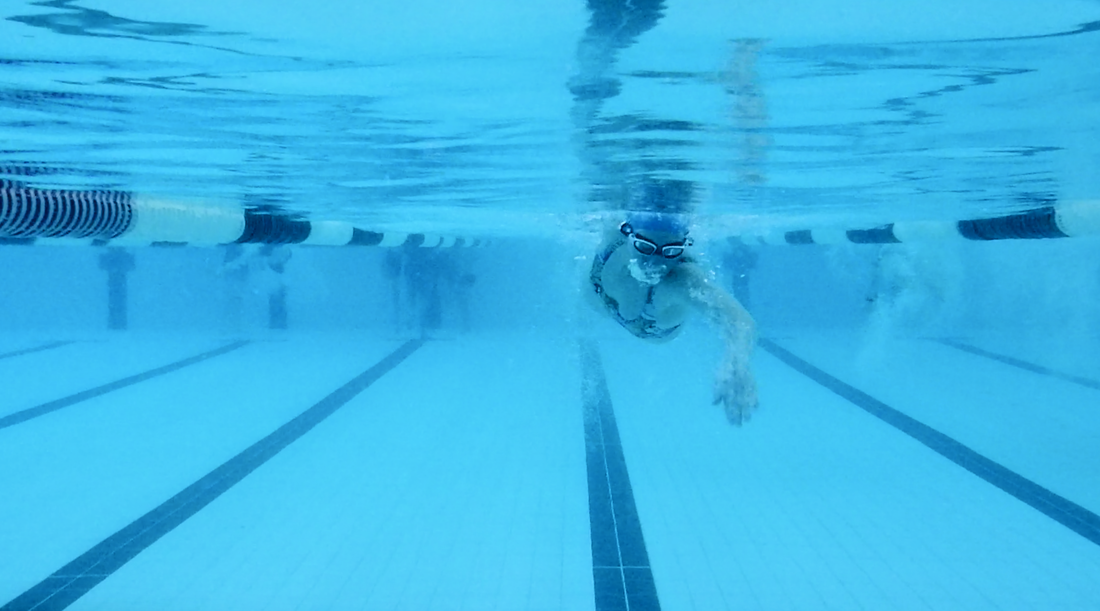
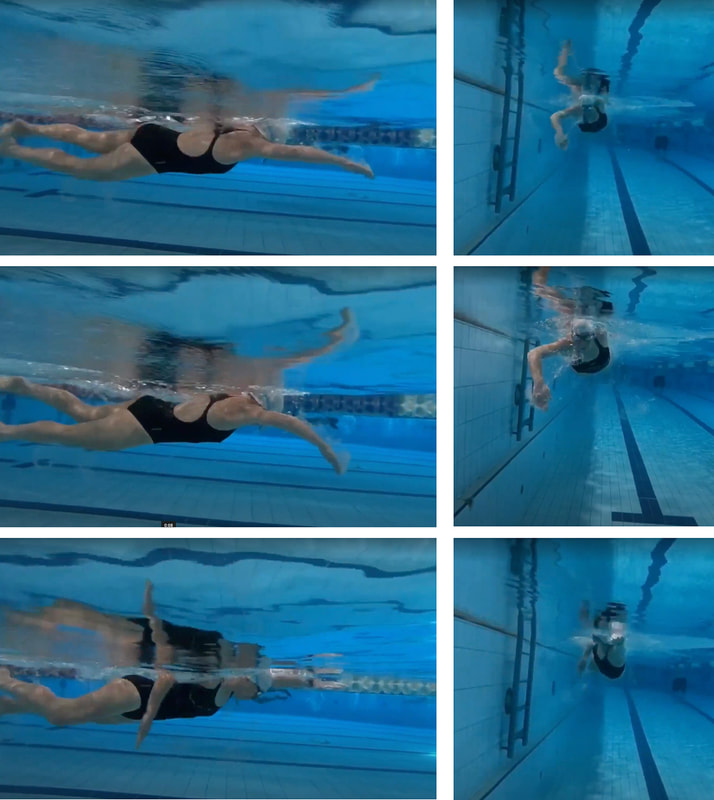
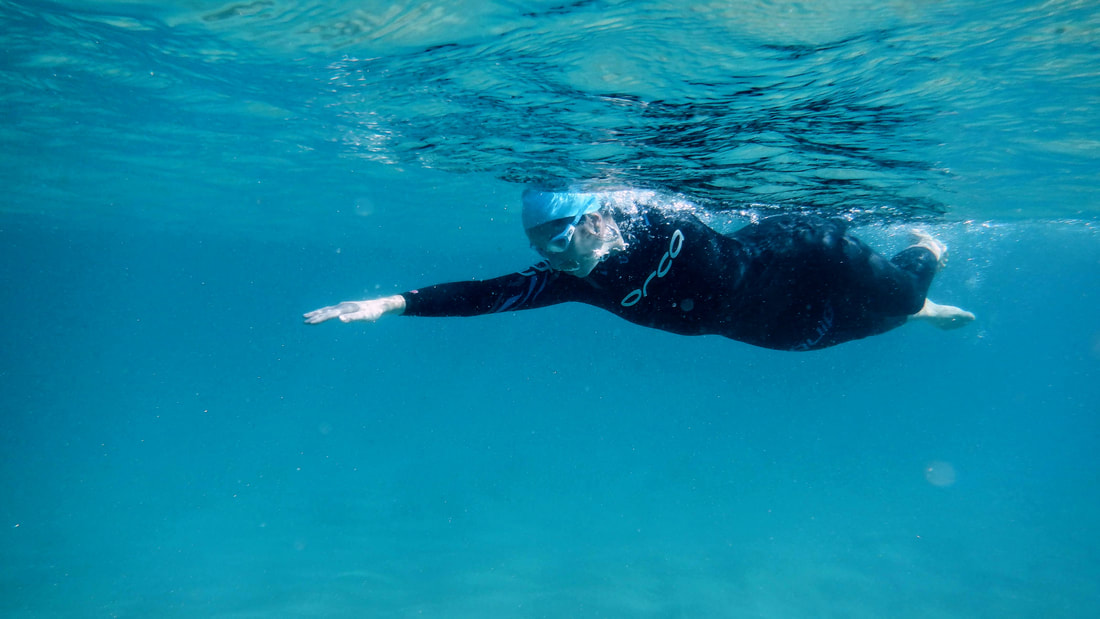

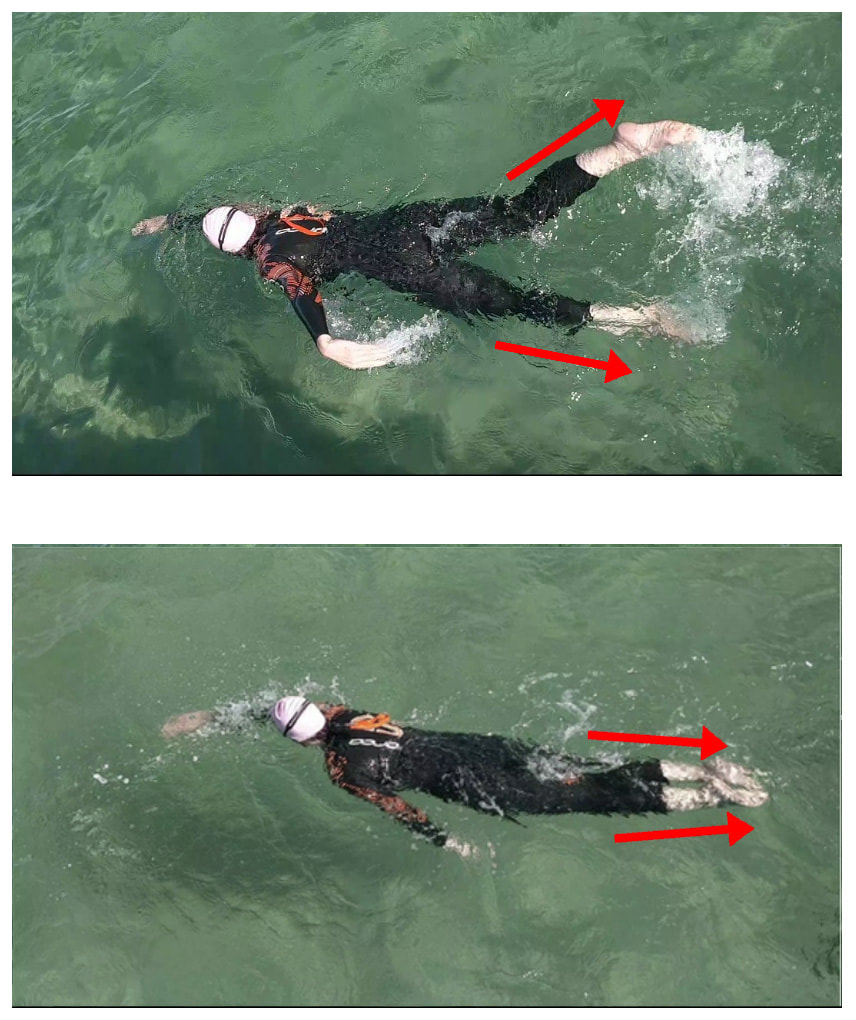
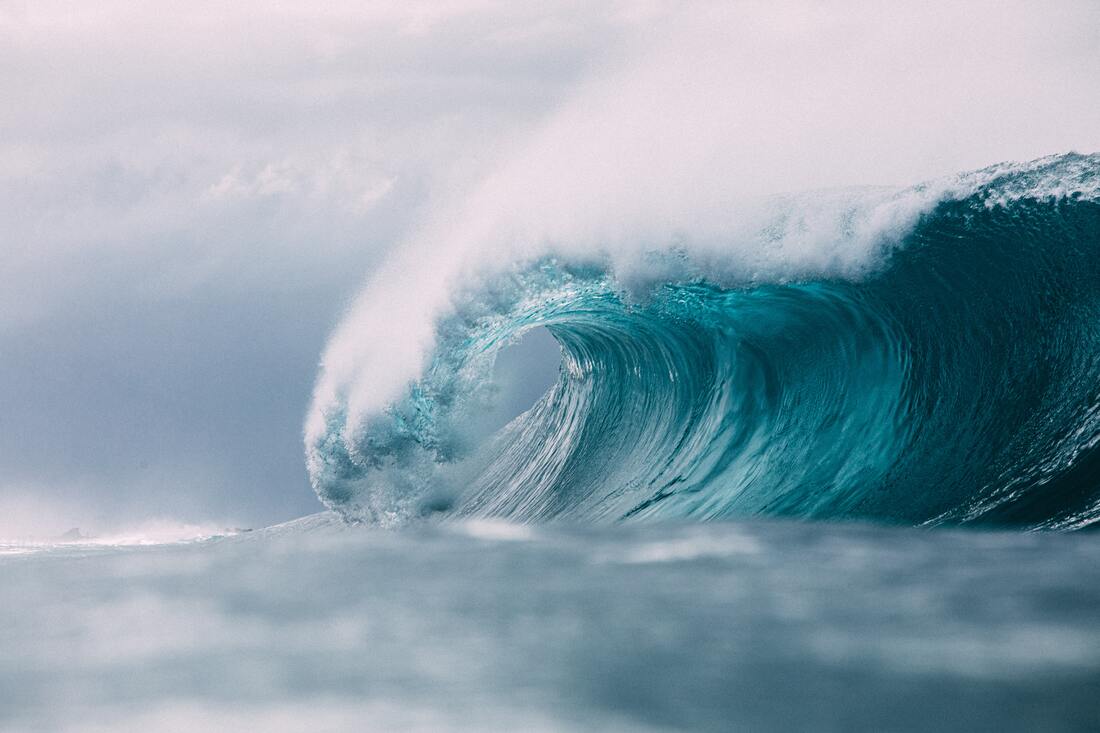
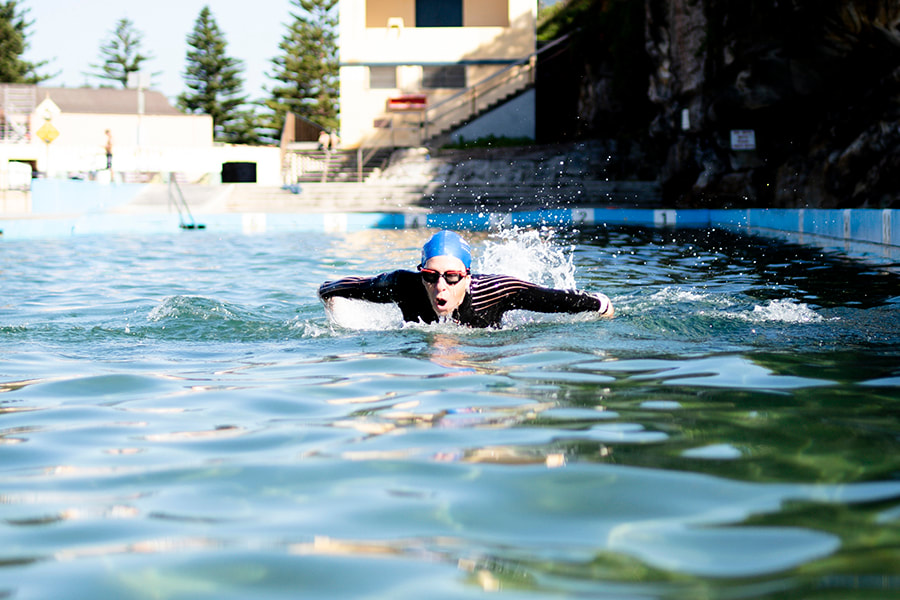

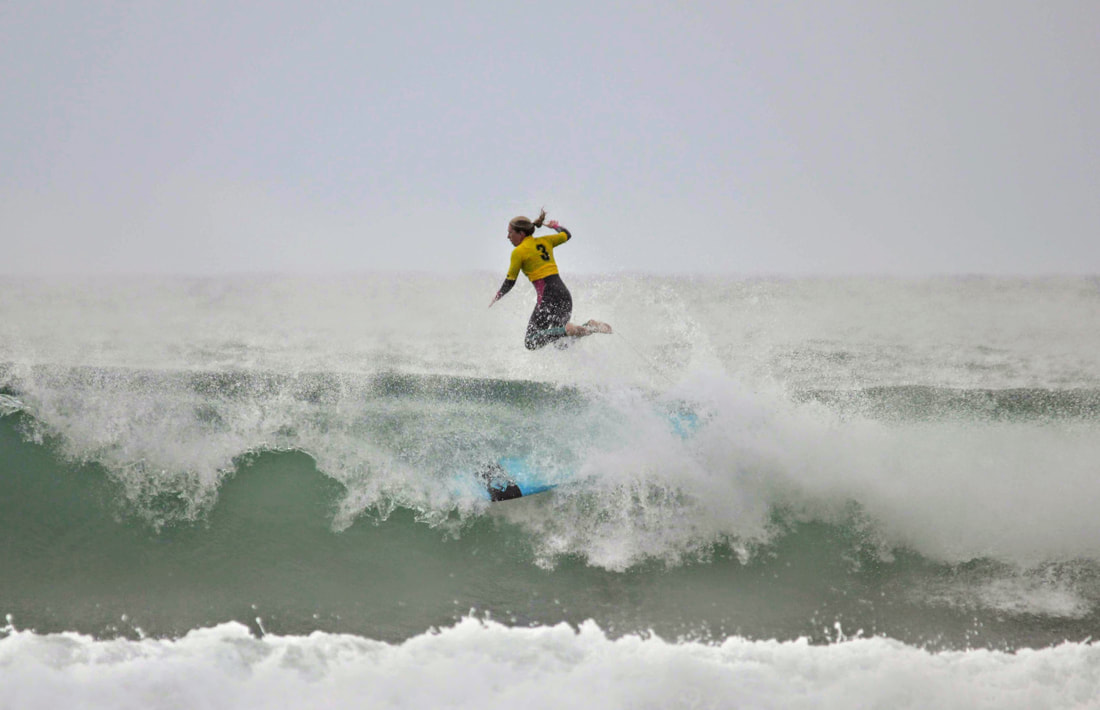
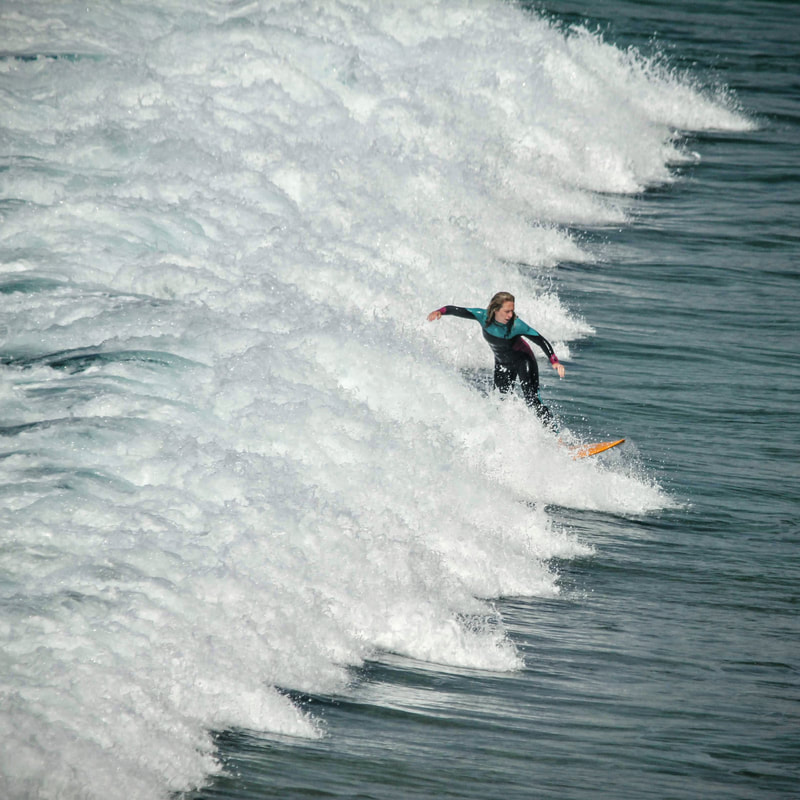
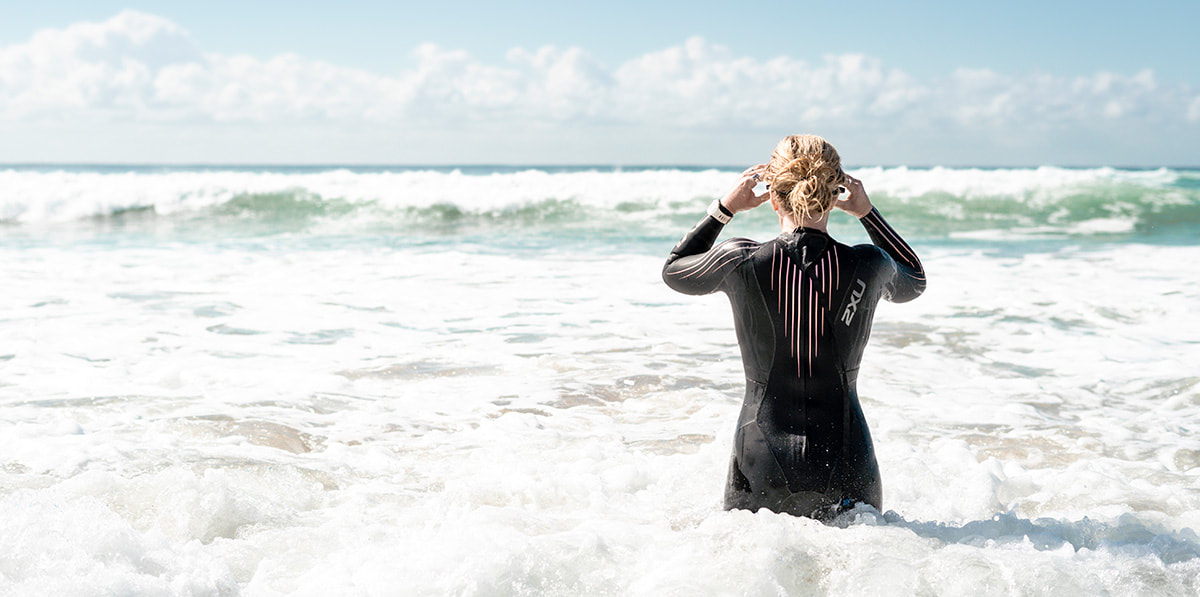
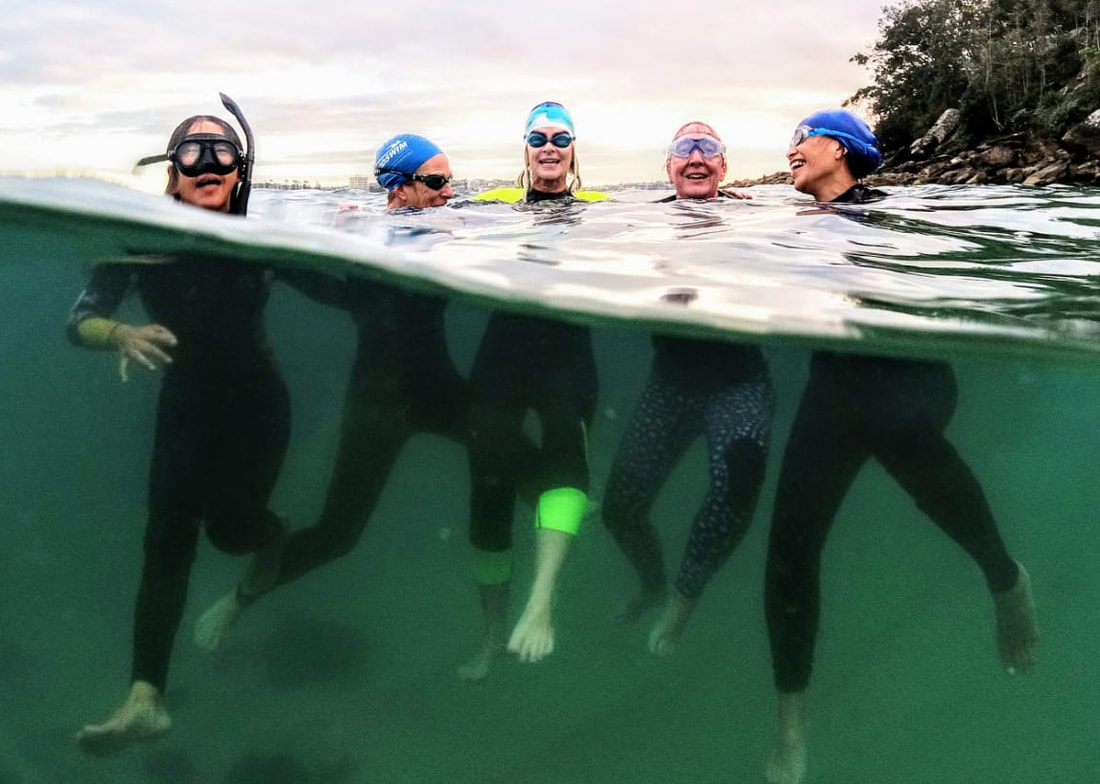
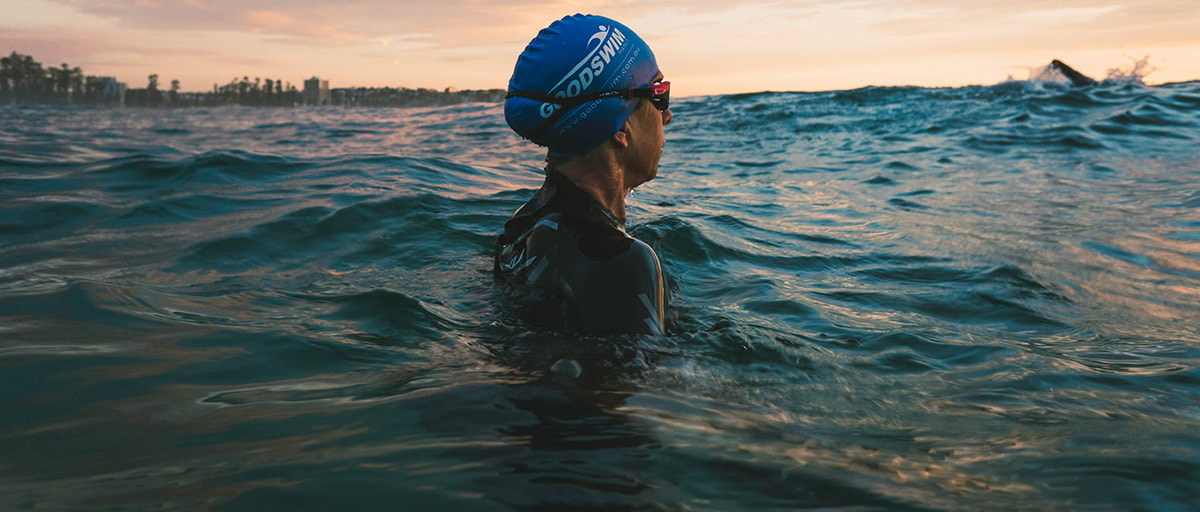
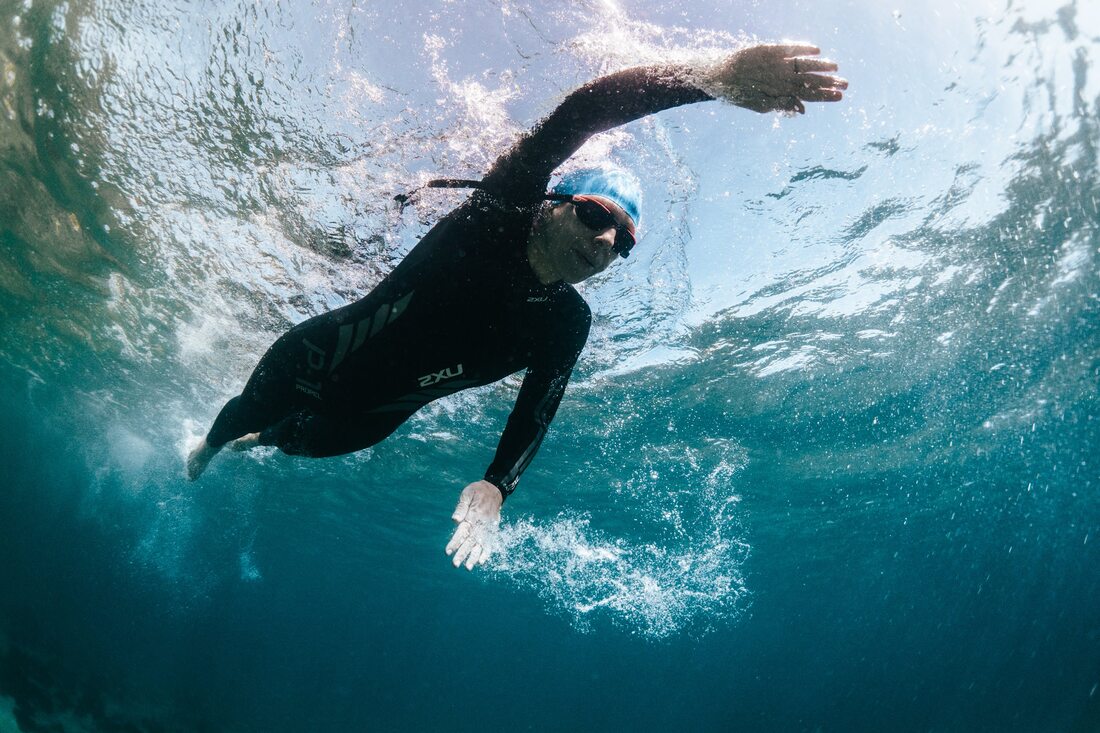
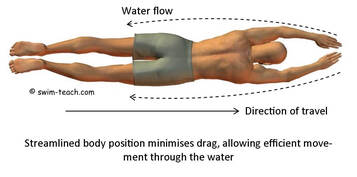

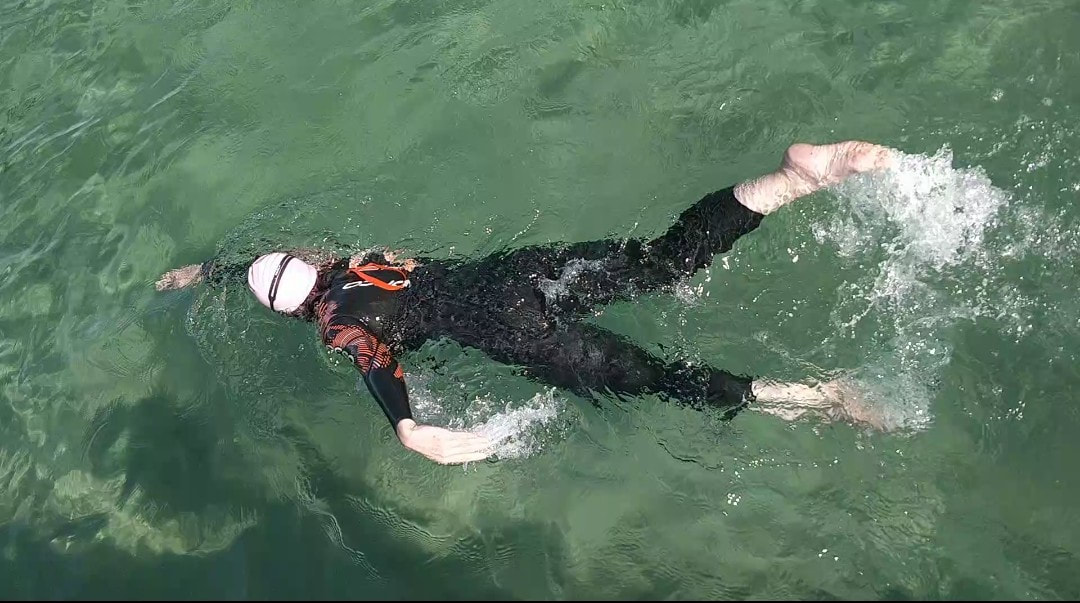
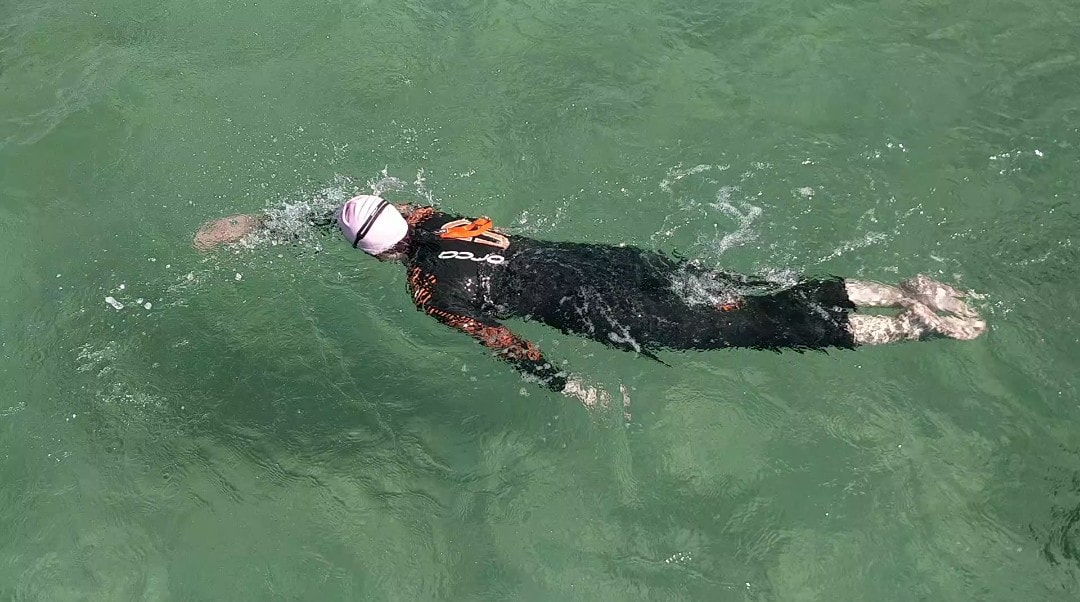
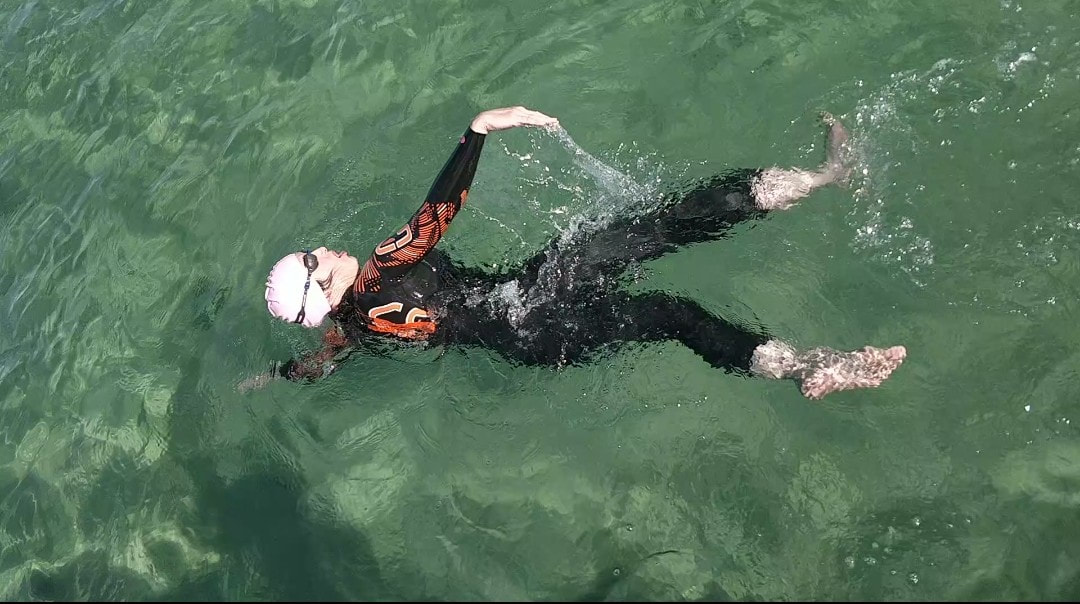
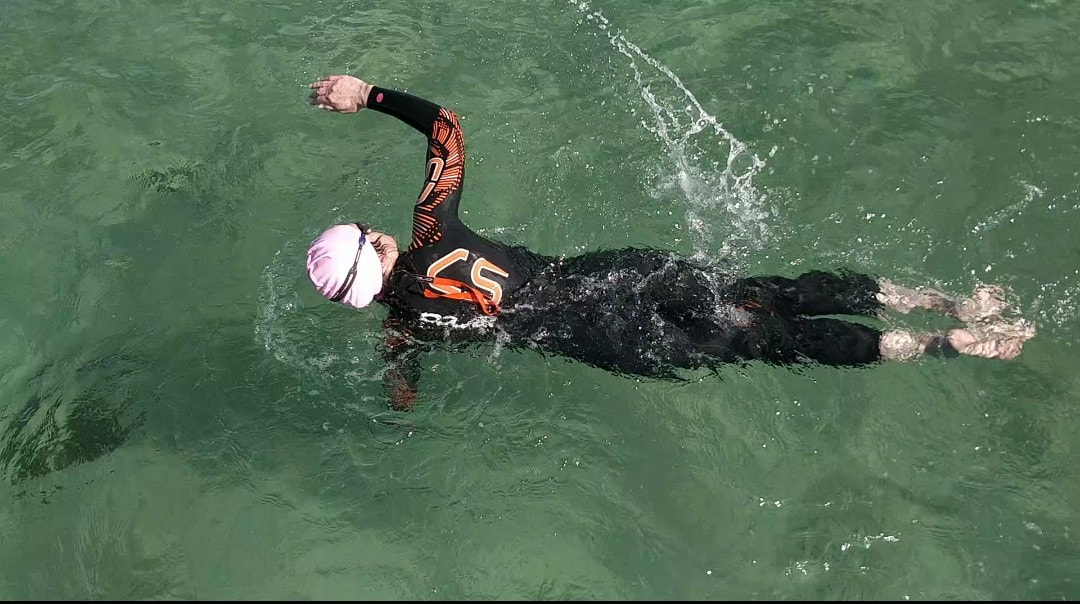
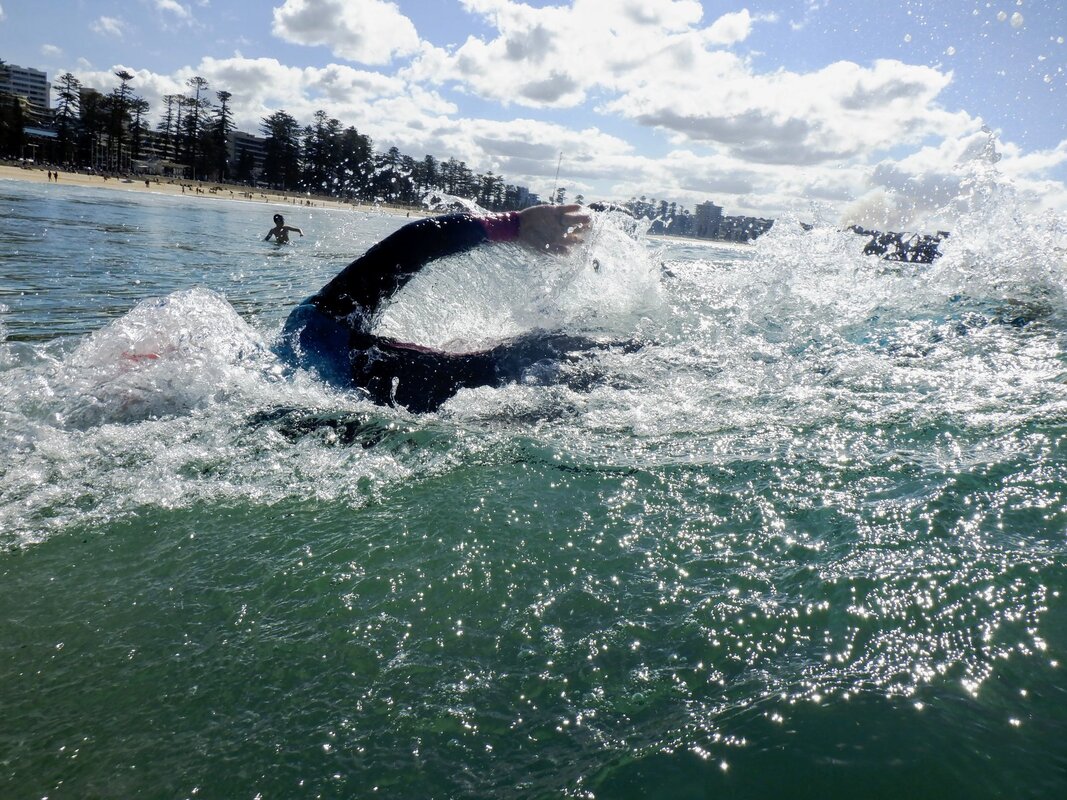
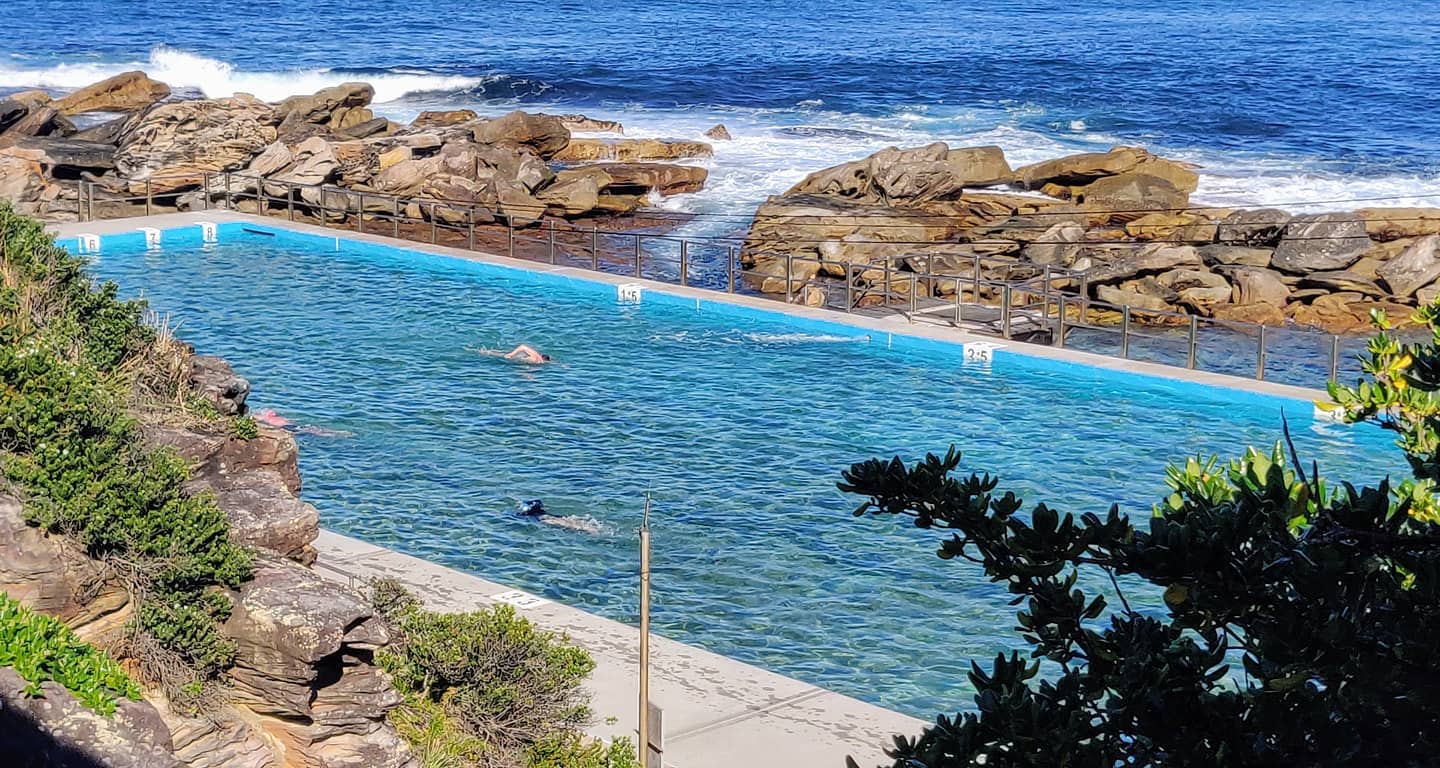
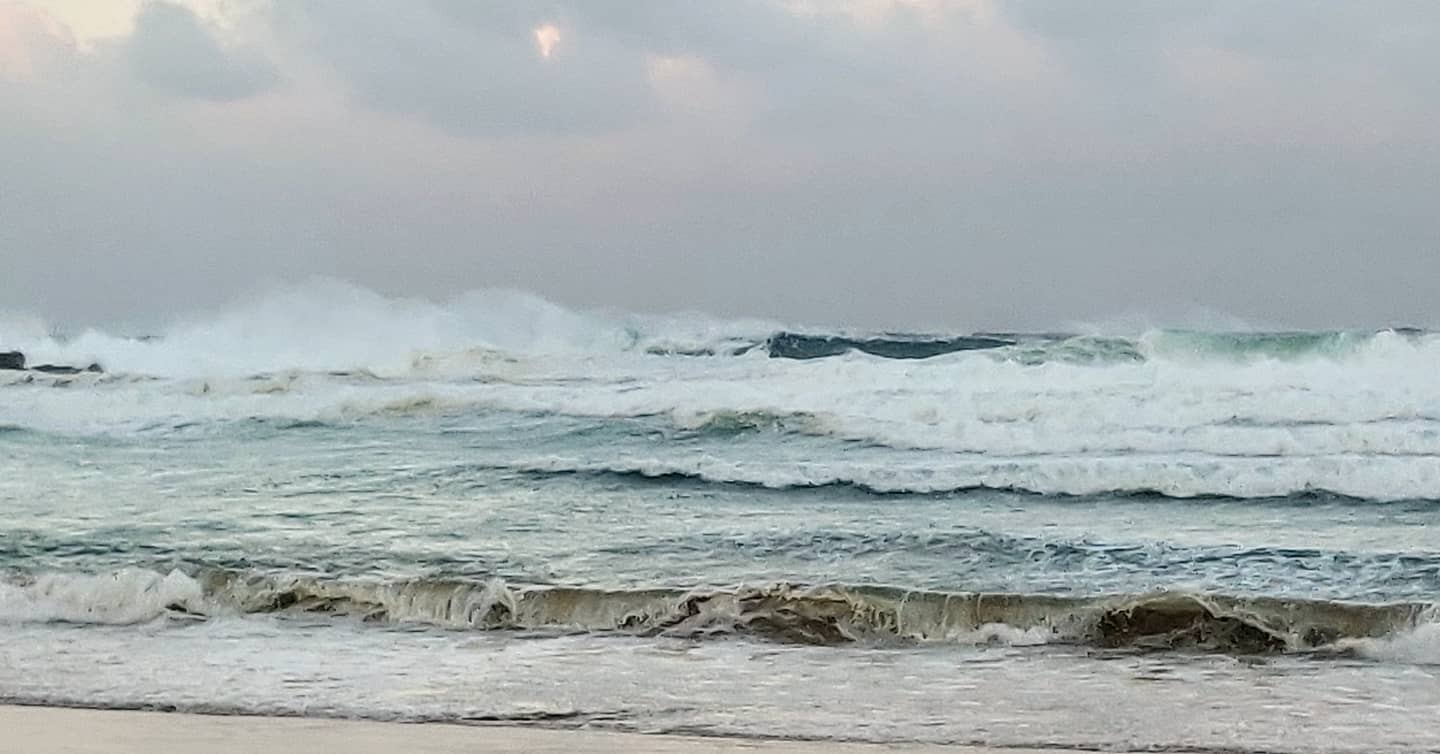
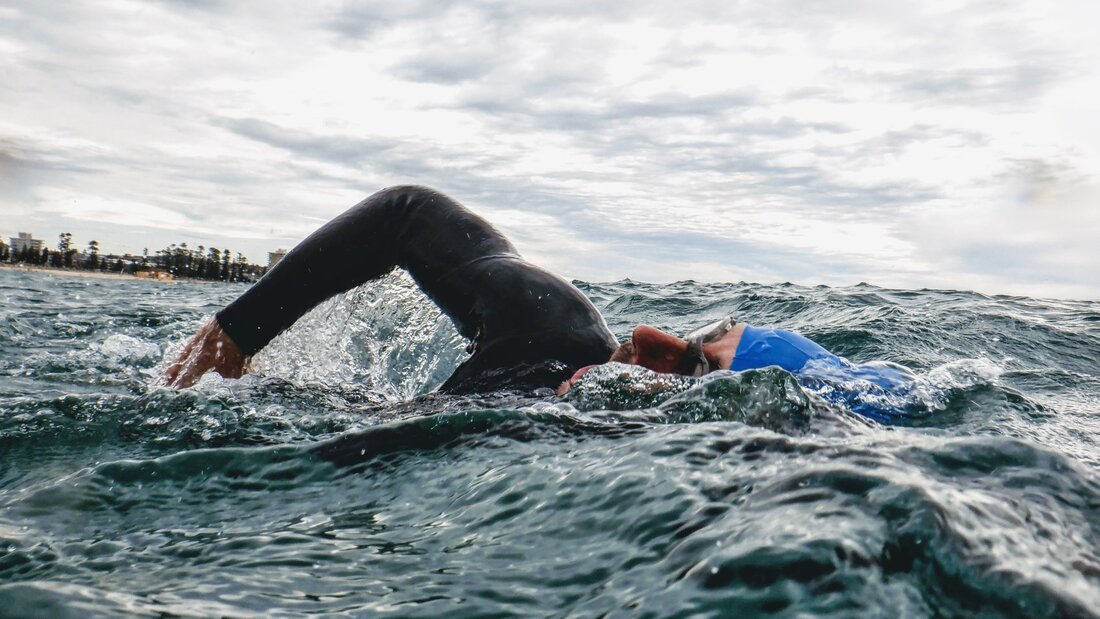
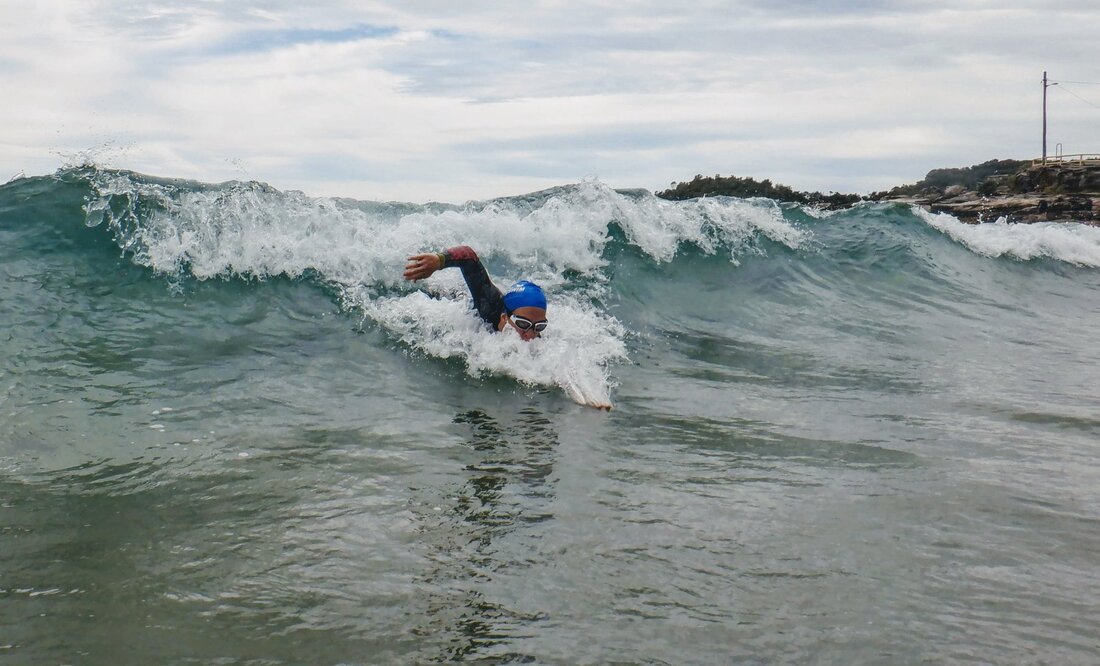

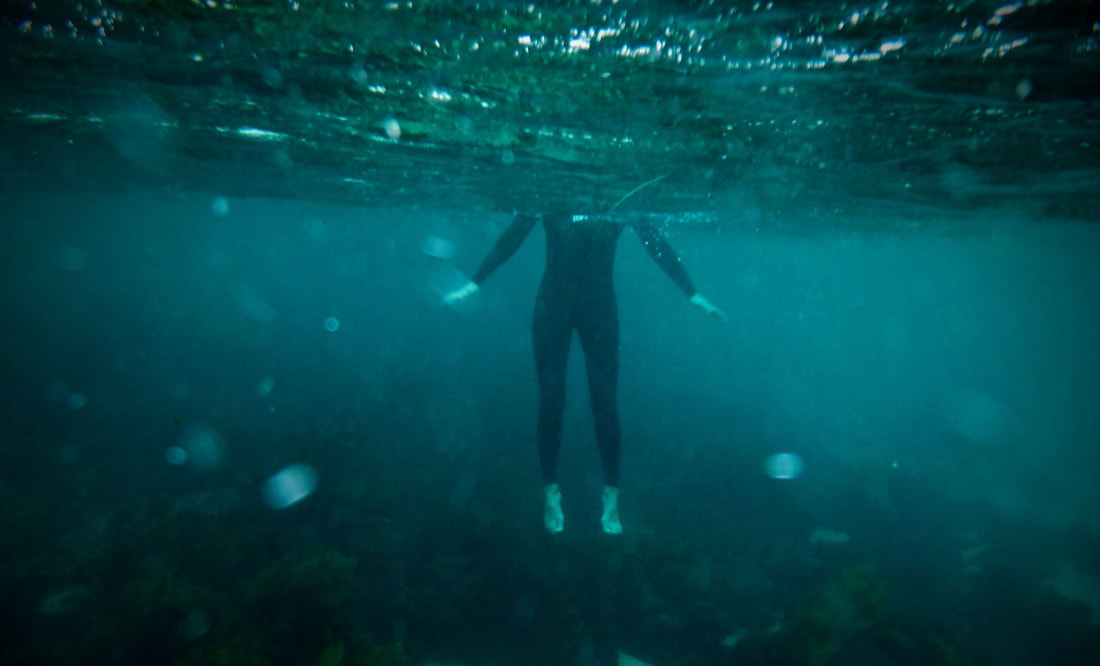
 RSS Feed
RSS Feed

